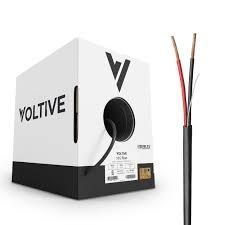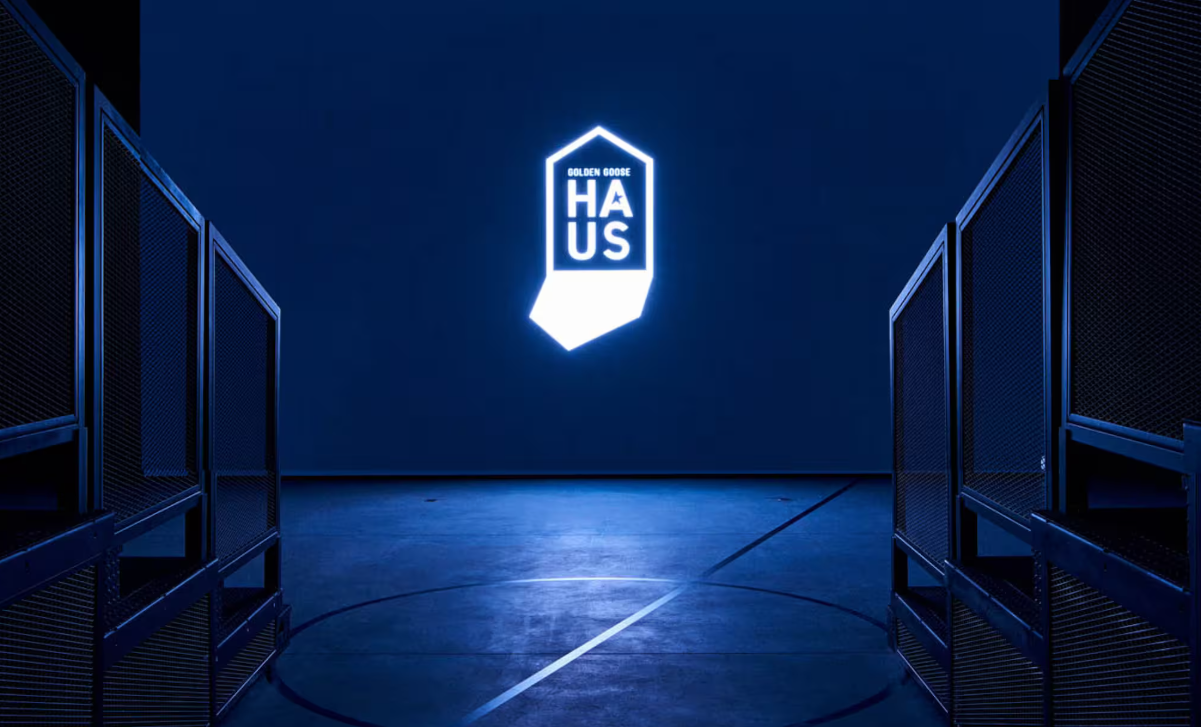The Role of Cat6A FTP Cables in Supporting 10G Ethernet Performance

Introduction
Networks today are carrying more data than ever. Streaming 4K video, cloud computing, data centers, VoIP, and IoT devices all demand higher speeds and lower latency. That’s where 10G Ethernet comes in. But to unlock its full potential, the cabling infrastructure has to keep up.
This is where Cat6A FTP (Foiled Twisted Pair) cables step into the spotlight. Unlike their predecessors, these cables aren’t just about speed. They’re about stability, shielding, and delivering reliable performance in high-density, interference-heavy environments.
Let’s break down why Cat6A FTP cables matter so much for 10G Ethernet, how they work, and what makes them the preferred choice for enterprises, data centers, and future-ready networks.
Understanding Cat6A FTP Cables
What Does “Cat6A” Mean?
-
Category 6A (Augmented Category 6) is the enhanced version of Cat6 cabling.
-
Supports data rates up to 10 Gbps at a maximum distance of 100 meters.
-
Operates at a frequency of 500 MHz, which is double that of Cat6.
FTP: Foiled Twisted Pair
-
Unlike UTP (Unshielded Twisted Pair), Cat6A FTP cables include foil shielding around each pair or around the overall cable.
-
This shielding dramatically reduces crosstalk (interference between cable pairs) and external noise from nearby cables or devices.
Why This Matters for 10G Ethernet
At 10 Gbps speeds, even small amounts of interference can cause errors, retransmissions, and performance degradation. The foil layer in FTP cables acts like armor, maintaining signal integrity in challenging environments.
The Rise of 10G Ethernet
Why the Industry Needed More Speed
-
Cat5e handled up to 1 Gbps, which was enough for offices in the early 2000s.
-
Cat6 extended that but only reliably supported 10G up to 55 meters.
-
Enterprises and data centers needed a cable that could support 10G Ethernet across the full 100-meter distance.
That’s the problem Cat6A solved.
Key Applications Driving 10G Adoption
-
Cloud Services: High bandwidth connections for constant data sync.
-
Data Centers: Fast server-to-server communication.
-
Healthcare: High-resolution imaging and telemedicine.
-
Education: Online learning platforms and digital labs.
-
Smart Buildings: IoT devices, sensors, and automation systems.
All of these environments need speed plus reliability, which makes Cat6A FTP essential.
Technical Advantages of Cat6A FTP in 10G Ethernet
1. Superior Crosstalk Reduction
-
Crosstalk occurs when signals “leak” between pairs in the same cable.
-
At 10G speeds, crosstalk can be catastrophic.
-
The foil shielding in FTP cables ensures that each signal path remains clean.
2. Better Noise Immunity
-
In modern environments, you have cables running near power lines, wireless access points, and machinery.
-
Shielding blocks Electromagnetic Interference (EMI) and Radio Frequency Interference (RFI).
-
This translates to fewer errors and retries, boosting actual throughput.
3. Longer Distance Support
-
Cat6 supports 10G Ethernet up to 55 meters.
-
Cat6A FTP guarantees 10G performance up to 100 meters, the standard Ethernet channel length.
4. Future-Proofing Investments
-
Networks are moving toward higher speeds (25G, 40G, even 100G in backbone systems).
-
Deploying Cat6A FTP ensures businesses won’t have to rip out cabling in just a few years.
5. Backward Compatibility
-
Cat6A FTP supports lower-speed Ethernet (1G, 2.5G, 5G) seamlessly.
-
You don’t need to upgrade your devices all at once—just the cabling.
Cat6A FTP vs. Other Cable Categories
| Feature | Cat5e UTP | Cat6 UTP | Cat6A FTP | Cat7 STP |
|---|---|---|---|---|
| Max Data Rate | 1 Gbps | 10 Gbps (55m) | 10 Gbps (100m) | 10 Gbps (100m) |
| Frequency | 100 MHz | 250 MHz | 500 MHz | 600 MHz |
| Shielding | None | None | Foil | Shield + Braiding |
| Crosstalk Protection | Low | Medium | High | Very High |
| Cost Efficiency | High | Medium | High (best value) | Expensive |
Here’s the thing: Cat7 may offer slightly better shielding, but it’s significantly more expensive and doesn’t use the standardized RJ45 connectors most devices rely on. Cat6A FTP strikes the perfect balance between performance, cost, and compatibility.
Real-World Scenarios Where Cat6A FTP Shines
1. Data Centers
Dense racks of servers create electromagnetic interference. Cat6A FTP cables prevent data corruption and maintain reliable 10G speeds.
2. Open-Office Layouts
With hundreds of cables bundled together, crosstalk is a big issue. Shielding ensures consistent performance across the floor.
3. Healthcare Facilities
Medical imaging devices generate high data loads. Cat6A FTP supports lossless transmission of critical data.
4. Smart Buildings
IoT sensors, cameras, and automation systems rely on fast and stable connections. Shielded Cat6A cables ensure these devices run smoothly.
5. Industrial Environments
Factories have motors, power equipment, and heavy EMI sources. Cat6A FTP is designed to resist interference in such conditions.
Installation Considerations for Cat6A FTP
Cable Handling
-
Shielding makes Cat6A FTP slightly thicker and less flexible than UTP.
-
Proper cable management is crucial for easy installation and airflow in racks.
Grounding Requirements
-
To maximize shielding benefits, FTP cables need proper grounding.
-
Poor grounding can turn the shielding into an antenna, amplifying interference instead of reducing it.
Connector Compatibility
-
Use Cat6A-rated connectors and keystone jacks for full performance.
-
Standard Cat6 connectors may bottleneck performance.
Cost Factor
-
Cat6A FTP is more expensive than Cat6 UTP, but the difference pays off in long-term stability and fewer network issues.
Cat6A FTP in the Context of Future Networking
The reality is, networks don’t stand still. We’re already seeing:
-
Wi-Fi 6/6E Access Points requiring 2.5G and 5G connections.
-
Wi-Fi 7 pushing 10G Ethernet as the standard uplink.
-
Growth of edge computing and AI-powered devices requiring higher bandwidth.
By choosing Cat6A FTP now, organizations avoid the trap of installing infrastructure that becomes obsolete within five years.
Common Misconceptions About Cat6A FTP
-
“It’s overkill for my network.”
Maybe today—but as soon as you add new devices or faster wireless, you’ll wish you had it. -
“Cat7 is always better.”
Not necessarily. Cat7 is costlier, less flexible, and not standardized with RJ45. -
“Shielding makes it too hard to install.”
Installation is slightly more complex, but structured cabling professionals handle it routinely. -
“Fiber is the only future-proof option.”
Fiber is great for backbone networks, but for most offices and data centers, copper Cat6A FTP provides the best cost-performance balance.
Final Thoughts
Cat6A FTP cables aren’t just another option in the Ethernet family—they’re the backbone of modern 10G Ethernet networks. With their foil shielding, 100-meter range, and superior resistance to interference, they’re built to handle the demands of today and tomorrow.
If your business is considering an upgrade to 10G Ethernet, Cat6A FTP isn’t just a safe bet—it’s the smart one. You’ll get the performance you need today and the flexibility to scale as bandwidth demands grow.




